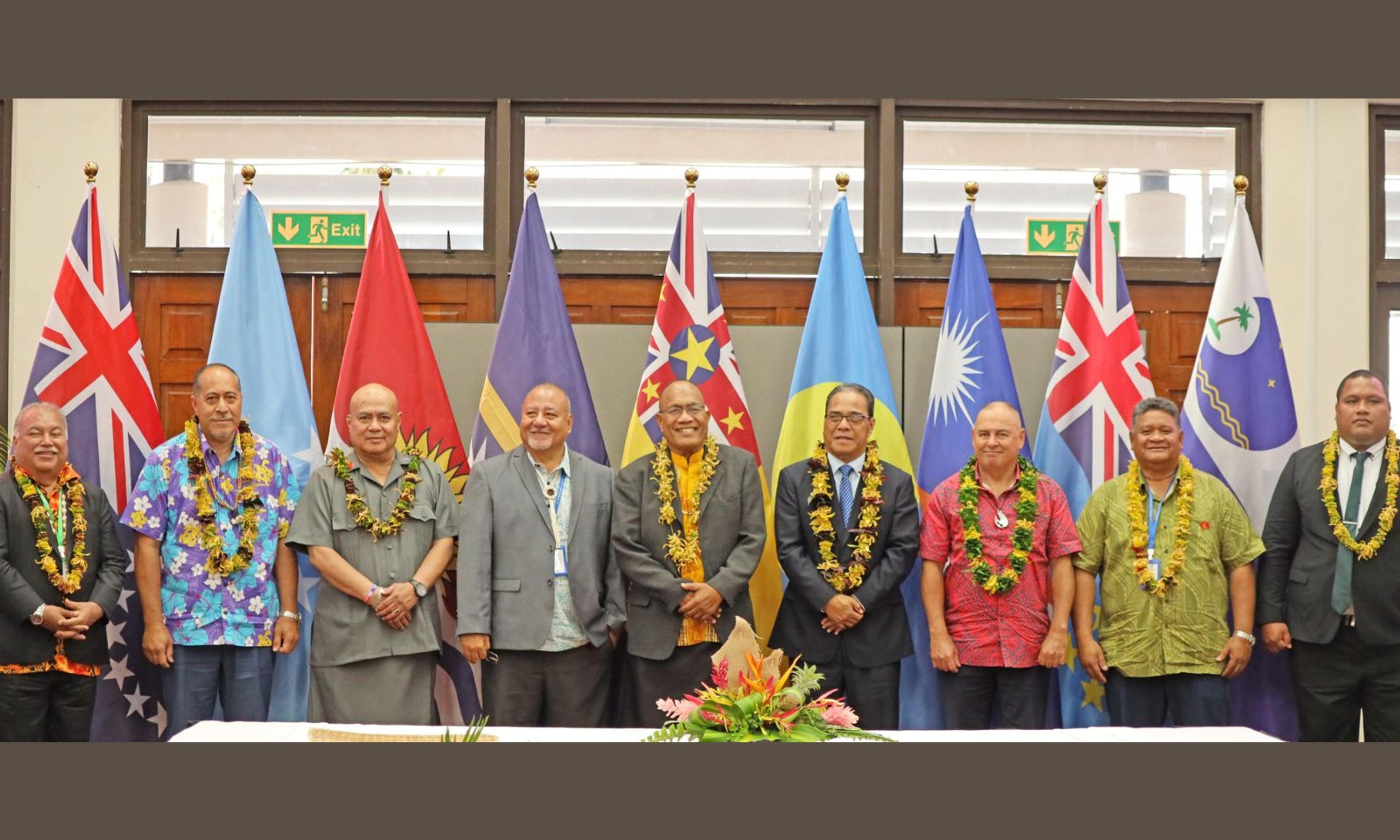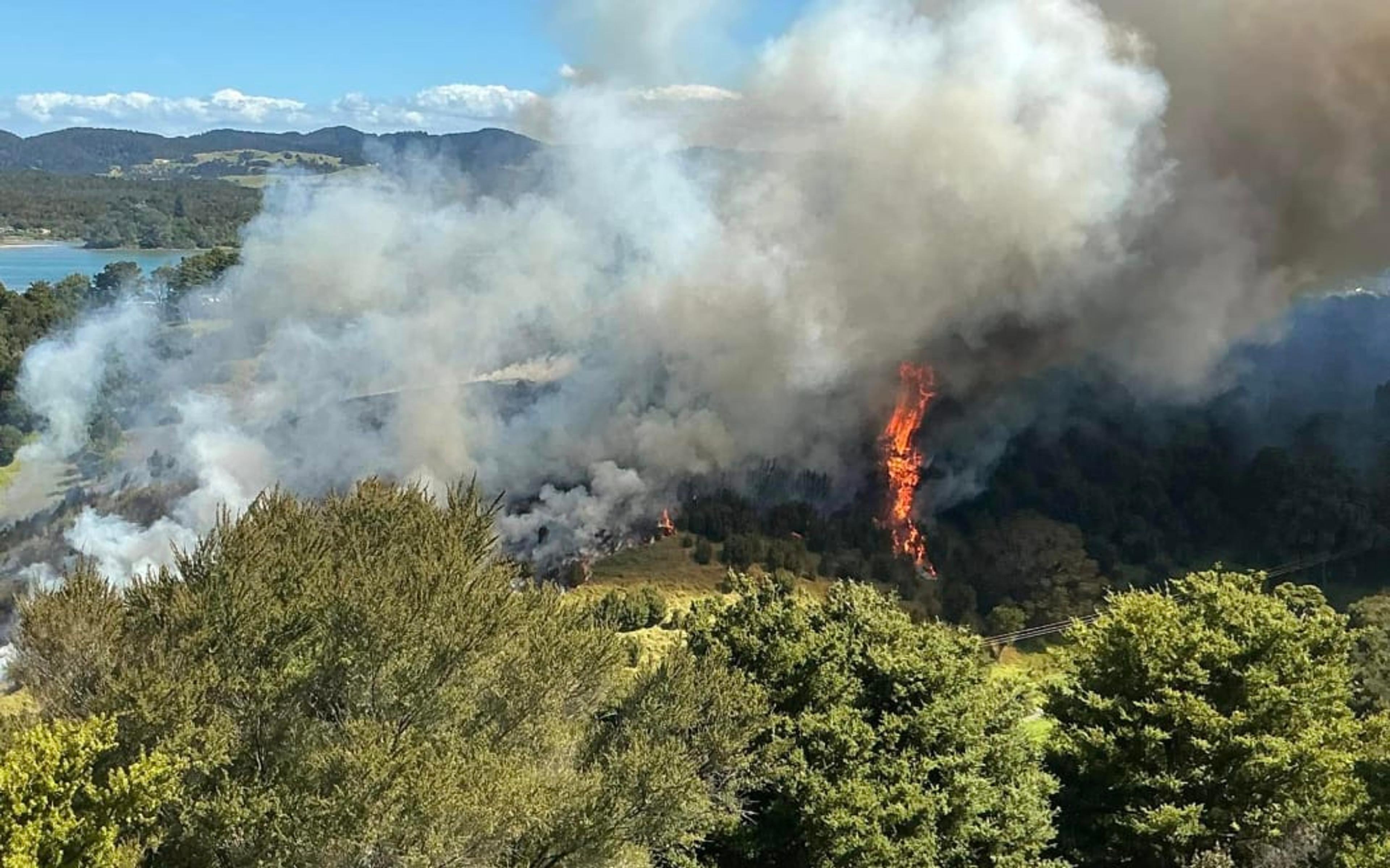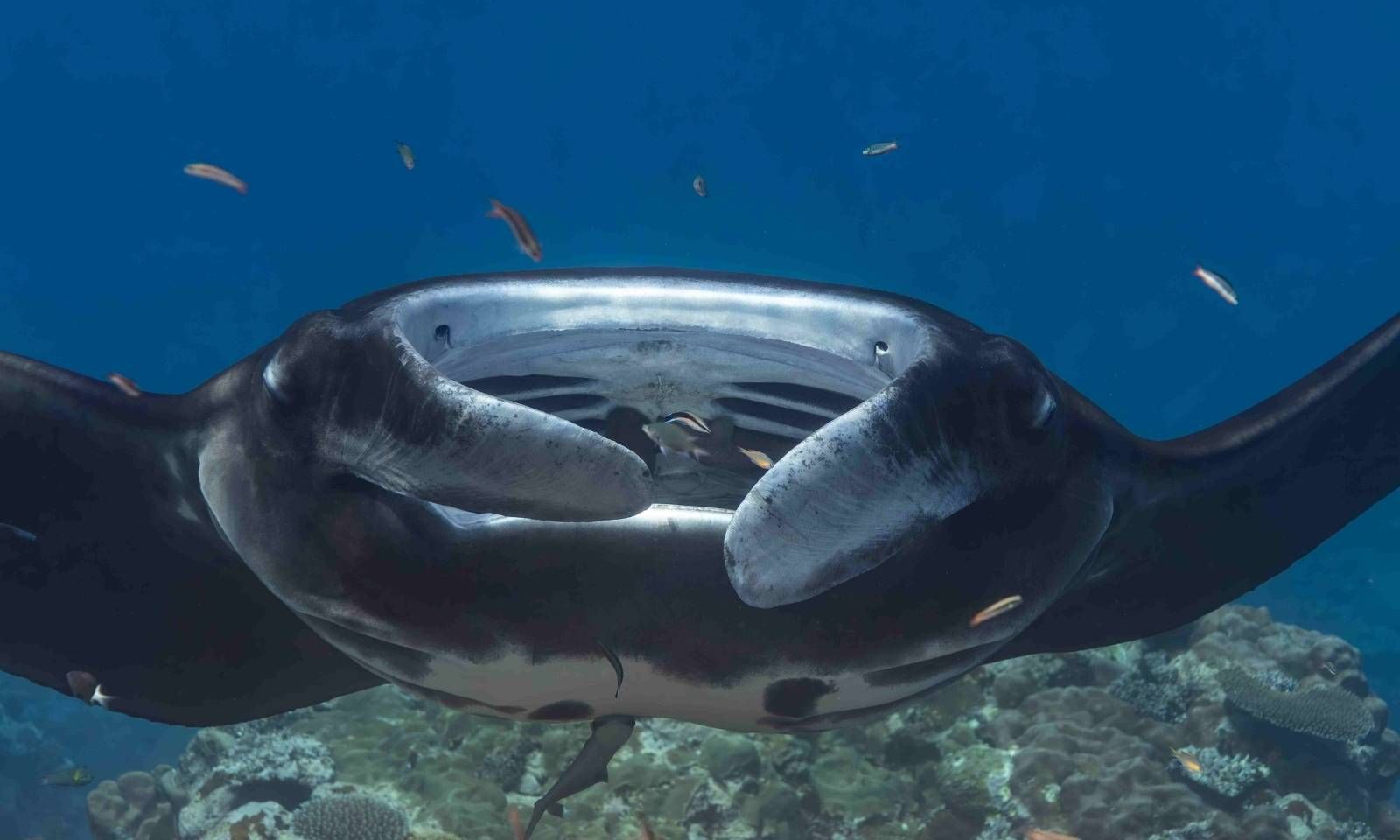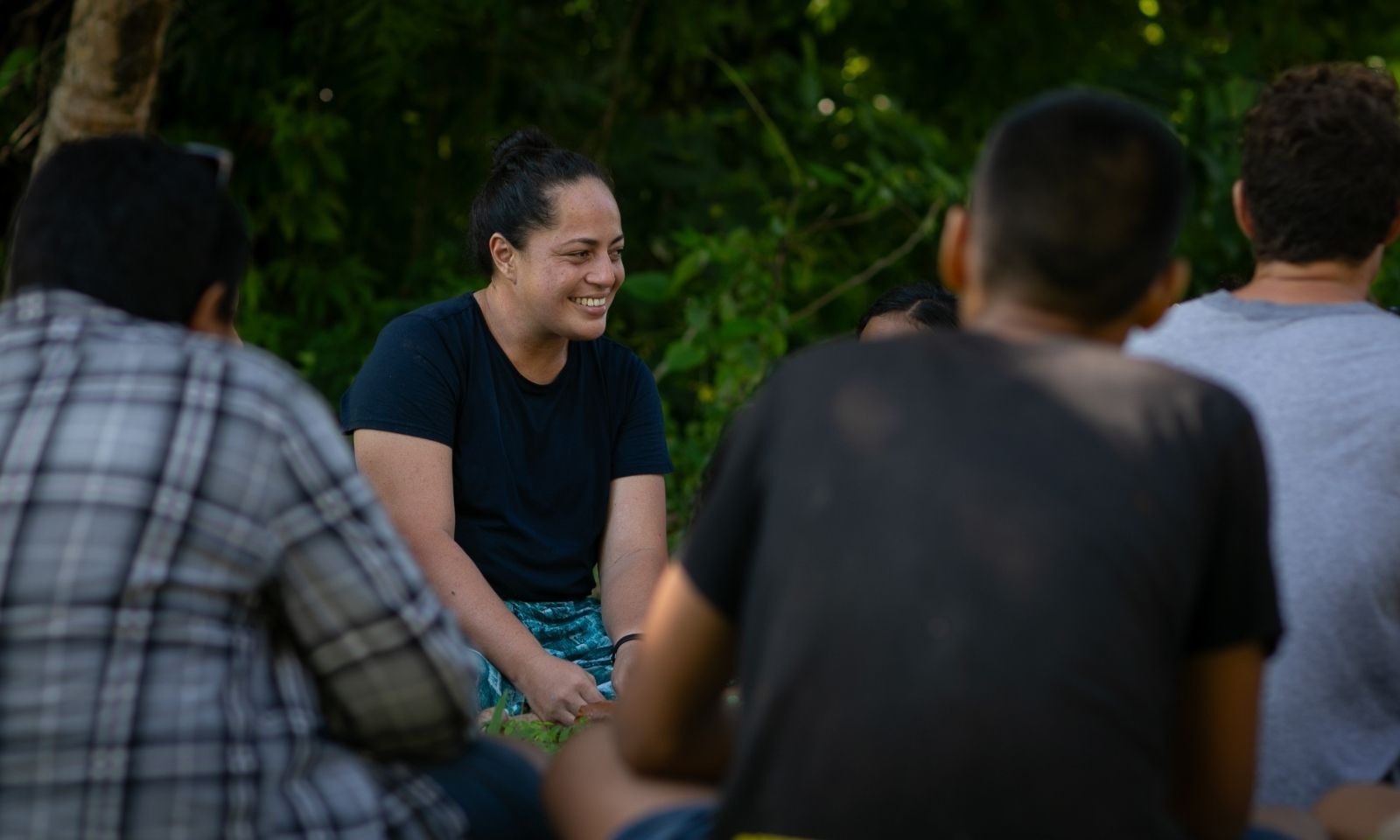

Coral reefs in Rotuma’s waters. Photo/National Geographic
Pristine Seas/Manu San Félix
Rotuma’s coral reefs show resilience in National Geographic Pristine Seas survey
The expedition to Fiji’s Rotuma Island finds healthy shallow coral reefs despite recent heatwaves.


US withdrawal from global bodies raises concern for the Pacific's climate efforts - experts


Two seasonal workers found dead at Bay of Plenty orchard


US withdrawal from global bodies raises concern for the Pacific's climate efforts - experts


Two seasonal workers found dead at Bay of Plenty orchard
A weeks-long expedition surveying the shallow reefs in Rotuma, Fiji, has wrapped up with encouraging findings.
National Geographic Pristine Seas recently wrapped up their months-long Tuvalu expedition, identifying signs of biodiversity and distress in coral reefs, marking the country’s first thorough marine survey to inform national ocean protection policy.
Rotuma is a remote volcanic island and a self-governing dependency of Fiji. Pristine Seas’ research is part of a wider multi-month Pacific mission, which has included surveys in Tuvalu and Rotuma, and is now shifting to Fiji’s mainland and outlying islands.
Expedition director Ryan Jenkinson says this most recent visit is their second time around Rotuma, as they had an earlier leg in May, focussed on deep-sea habitats. “The thing we're most happy about is that the coral reefs here are alive,” Jenkinson says.
“We've seen in this area that the warming water has bleached and killed a lot of the coral reefs. Like anywhere there's some bleaching and damage, but for the most part they're intact coral reef ecosystems around the island,” he says.
“That is by far our biggest takeaway, we're so excited to see that. It does not appear that this island and these shallow water systems have been impacted as much by the warm water events over the past few years. It doesn't mean it still could not happen here, but so far that's a really good sign.”
He says another exciting discovery was a “huge” manta cleaning station, where manta rays gather to have parasites and dead skin removed by smaller fish. Jenkinson says such stations are common across the Pacific, but the size of this one is significant.
“It’s a great thing you can use for advocacy, for protection. Those are important parts of the world and that's one little part of the ocean here at Rotuma. All of it helps explain to the people here, who are the ones who ultimately make decisions, how special it is. Everything from the mantas to the beautiful reefs are what makes this island so special.”
The expedition's main goal is to build scientific and community understanding to guide future ocean protection efforts. This involves working “hand-in-hand” with local partners who contributed to site selection and participated in each research stage.

During National Geographic Pristine Seas’ expedition in Rotuma, the team saw a reef manta cleaning station. Photo/National Geographic Pristine Seas/Manu San Félix
During the expedition in Rotuma, three community members joined the team, including two divers and Fanny Tolo-Taukave, a local teacher. Tolo-Taukave played a key role in educating the youth about their local ocean ecosystem and providing hands-on experiences.
Local chiefs also visited the ship to observe the scientific work. “It's been a really great mix to have them involved in helping us get through this,” Jenkinson says. Reflecting on the Rotuma leg, Jenkinson says what stands out most is the locals' passion and duty of care for their environment.
“We're so fortunate that we get to visit a lot of the communities and islands of the Pacific. Rotuma is one of the most special places that we have visited. I've gotten to meet most of the people, local collaborators, and the Council of Chiefs. The ocean around Rotuma is beautiful, and spectacular.
“We found all kinds of manta cleaning stations, sharks, and deep water discoveries on the first leg, and that is all great. But what's so special about this island is the passion of the people, and how much they care about this place, their history, their families, and their communities.
“It is what stands out more than anything, so I know I speak for our team that we're so thankful they invited us to come here, trusted us to collect this information, share with them, and be able to tell their stories.”

Fanny Tolo-Taukave, an educator and local partner for National Geographic Pristine Seas’ expedition in Rotuma, engages in a circle with local students. Photo/National Geographic Pristine Seas/Beth Pezzoni
The team’s next destination will be near Kadavu Island, Fiji, followed by deep-sea surveys around the Great Sea Reef.
“We're going to bring our team and try to access some of the areas that don't have as much information, and look at the coral reefs down there. We have a bunch of local partners coming on, Fijian divers, to lead us through that one.
“We'll be there until September. We’re doing two separate education periods, one is with a training thing across the Pacific, where we're bringing instructors and teachers in to think about teaching marine science.
“Then we're going to have a period at the end with some educators and students getting to come on the ship as well, so it's going to be a fun two or three months - really exciting.”
Watch Ryan Jenkinson's full interview below.